This article was medically reviewed by Erik Kramer, DO, MPH. Dr. Erik Kramer is a Board-Certified Primary Care Physician at the University of Colorado. With over 15 years of experience, his clinical interests include obesity and weight management, diabetes care, and preventive care, as well as embracing a holistic approach to primary care. He received his Doctorate in Osteopathic Medicine (D.O.) from the Touro University Nevada College of Osteopathic Medicine and completed his residency at Central Maine Medical Center. Dr. Kramer is a Diplomate of the American Board of Obesity Medicine.
There are 10 references cited in this article, which can be found at the bottom of the page.
This article has been viewed 212,740 times.
Angular cheilitis is a medical condition that occurs when the corners of your mouth swell and become red, inflamed, and sometimes scaly. Many different factors can cause a case of cheilitis, including fungal infection, various autoimmune disorders, dehydration, and excessive moisture on the corners of the mouth. Angular cheilitis can be itchy and uncomfortable, but fortunately, it’s relatively easy to clear up. Usually, though, the treatment depends on the underlying condition causing your case of angular cheilitis.[1]
Steps
Keeping Your Lips Clean and Dry
-
1Maintain good oral hygiene to keep your mouth and lips healthy. To keep your mouth healthy, brush your teeth at least 2 times daily, once after breakfast and once before bed. Also floss your teeth daily. Avoid using alcohol-based mouthwash after you brush your teeth. Although some people believe that mouthwash keeps their mouth cleaner, it really just dries out the mouth and lips. This can cause your cheilitis to become more severe.[2]
- Although angular cheilitis can be caused by many different factors, keeping your mouth and lips clean is a great way to stop cases of cheilitis before they happen.
-
2Avoid lip balm that contains a flavor, lanolin, or preservatives. These ingredients can irritate your lips, which may make your condition worse. Don't use any lip balms that contain unnecessary ingredients. Instead, stick to a product that's recommended by your doctor.
- If your lips are irritated, they're more likely to become inflamed.
Advertisement -
3Apply petroleum jelly to the corners of your mouth to keep them moist. Twice each day, dip 1 finger into a jar of petroleum jelly and spread a generous layer of the jelly across both of you lips. Make sure to smear some of the jelly across the corners of your mouth, as well. The jelly will keep moisture from evaporating from your lips and can help the chapped portions of your lips heal more quickly.[3]
- Purchase petroleum jelly at any supermarket, drugstore, or pharmacy.
-
4Use zinc oxide paste to help your lips heal. Zinc oxide paste is a topical cream that protects your skin and may help treat chapped skin. Use your fingertip to apply a thin layer of zinc oxide paste to your lips. However, don't swallow the cream.[4]
- You can buy zinc oxide paste over-the-counter at your local drugstore or supermarket. For instance, it's sold under the name brand Desitin.
-
5Stop licking the corners of your lips if you’re in the habit. Some people tend to poke their tongues into the corners of their lips several times an hour. While doing this may feel good, it’s not helping your lips! Licking your lips too much can actually dry them out, since the saliva takes additional lip moisture with it when it evaporates. In many cases, stopping licking your lips will allow the corners of your mouth to heal and the cheilitis will clear up.[5]
- The same thing goes for children who suck their thumbs. If your child has a case of angular cheilitis, and you notice that they often suck their thumbs, ask them to stop.
Consulting a Doctor
-
1See a doctor if your cheilitis lasts longer than 1 month. If you’ve been applying petroleum jelly for 1 month and you still have a case of angular cheilitis, it’s time to visit your doctor. Let them inspect the corners of your mouth, and describe your symptoms to the doctor. In some cases, you doctor may refer you to a dermatologist, since cheilitis is technically a skin condition.[6]
- Typical symptoms of angular cheilitis include dry, chapped red spots at the corners of your lips (typically accompanied by swelling and cracking) and pain at the corners of your mouth.[7]
- In some relatively uncommon situations, angular cheilitis is caused by dermatitis, a skin condition that causes red, itchy patches to appear on your body (typically the scalp).
-
2Ask you dentist to re-size your dentures if you wear false teeth. In instances where elderly people contract a case of angular cheilitis, poorly fitting dentures are often the cause. If you wear dentures and experience swelling or discomfort around the corners of your mouth, visit your dentist or dentures specialist. They should be able to make a few alterations to the dentures so they fit your mouth better, and the cheilitis should clear up.[8]
- The doctor may suspect that your dentures are infected, and that the infection is causing your case of cheilitis. In this case, they’ll swab the dentures and test them for bacteria.
-
3Apply an antibacterial cream if you have a bacterial infection. Many cases of angular cheilitis are caused by Staphylococcus aureus, a bacteria that commonly causes skin problems. If your doctor identifies this as the cause of your cheilitis, they’ll likely recommend that you apply an antibacterial cream that contains active ingredients mupirocin or fusidic acid. Apply a pea-sized dollop of the cream once daily to both sides of your mouth.[9]
- If an over-the-counter (OTC) antibacterial cream doesn’t get rid of your case of cheilitis, your doctor can write you a prescription for a much stronger cream.
-
4Use an OTC antifungal cream if your cheilitis is caused by a fungus. If your doctor identifies the underlying cause of your angular cheilitis as a fungal infection, they’ll recommend that you use an antifungal cream to treat the problem. Visit your local pharmacy or drugstore and purchase an antifungal cream. Apply it generously to the corners of your mouth once daily, or as directed on the medication’s packaging.[10]
- One of the most commonly used antifungal creams is called ketoconazole. Continue to apply the medicated antifungal cream until the cheilitis clears up.
- In many cases, angular cheilitis is caused by a fungus called Candida albicans.[11]
- Your doctor may take a sample from your lesions or swab the mucus in your mouth to determine if you have a Candida infection or not.
-
5Put on a 1% hydrocortisone cream to reduce inflammation. If the corners of your mouth have become swollen and inflamed as a side-effect of your angular cheilitis, rub a pea-sized amount of 1% hydrocortisone cream over them daily. Hydrocortisone can help reduce itching as well, so it’s a great option to try if you find yourself frequently scratching or licking the itchy corners of your mouth.[12]
- Hydrocortisone cream is commonly sold OTC at nearly every drugstore and pharmacy, and at many large supermarkets.
Changing Your Dietary Habits
-
1Increase your iron intake to prevent anemia and cheilitis. Studies have connected a low number of red blood cells (anemia) with cheilitis. To prevent anemia—and to help keep your immune system strong—make sure that you’re consuming plenty of iron each day. Make sure to speak with your doctor before starting to take an iron supplement. Then, you can purchase an iron supplement at your local pharmacy. Take it once daily, or as directed on the packaging.[13]
- Foods that are rich in iron include red meat, leafy greens, spinach, broccoli, oysters, quinoa, dark chocolate, and lentils.
- Adult men should consume at least 8–11 mg of iron each day. Women generally need more, so adult women should take between 15–18 mg of iron daily.[14]
- If you’re taking too much iron on a daily basis, you may experience some side effects. These typically include constipation and nausea.[15]
-
2Take zinc and vitamin B to strengthen your immune system. If your case of angular cheilitis is caused by a fungus or bacteria, your body’s immune system plays a crucial role in getting rid of the condition. Zinc and B vitamins are great for your immune system and can help your body cure a case of cheilitis. Talk with a doctor before taking vitamin and mineral supplements. Purchase daily supplements at a health food store and take them as directed on the packaging. Or, eat foods rich in zinc and B vitamins to consume them more naturally.[16]
- Adults need to consume between 8–11 mg of zinc each day. Zinc naturally occurs in foods like whole grains, red meat, eggs, dairy products, and seeds.
- If you’re over 18, take at least 2.4 micrograms of vitamin B daily.[17] B vitamins occur naturally in many of the same foods as zinc does. Also try eating foods including beans and lentils, poultry, fish, and brown rice.
-
3Keep your body hydrated to prevent skin from drying out. If your body becomes dehydrated, your skin will start to dry out. Dry, poorly hydrated skin can lead to a severe case of angular cheilitis. Stay well hydrated by drinking water throughout the day. You can also drink hydrating substances like tea and fruit juice. Avoid drinking too much coffee and alcohol, as these can actually dehydrate your body.[18]
- Adult men should drink at least 3.7 litres (16 c) of water each day, and adult women should drink a least 2.7 litres (11 c) of water daily.[19]
-
4Cut back on the amount of candy and sweets you’re eating. If you have a bit of a sweet tooth and eat desserts and candy every day, it might be time to stop. This is especially the case if your angular cheilitis is caused by a fungus like Candida yeast. The yeast feeds off of sugar, so if your lips are often covered in sugar, the cheilitis will probably get much worse.[20]
- If you feel like eating something sweet, reach for an apple or a handful of berries instead of candy.
Warnings
- Most cases of angular cheilitis—especially those caused by a fungus—are infections. Avoid kissing anyone else or, for example, sharing a drinking glass or a toothbrush until your cheilitis has cleared up.[22]⧼thumbs_response⧽
References
- ↑ https://www.medicalnewstoday.com/articles/320053.php
- ↑ https://www.ncbi.nlm.nih.gov/pmc/articles/PMC1949217/
- ↑ https://www.ncbi.nlm.nih.gov/pmc/articles/PMC1949217/
- ↑ https://my.clevelandclinic.org/health/drugs/18700-zinc-oxide-cream-ointment-paste
- ↑ https://www.ncbi.nlm.nih.gov/pmc/articles/PMC1949217/
- ↑ https://www.news-medical.net/health/Angular-Cheilitis-causes-and-treatments.aspx
- ↑ https://www.medicalnewstoday.com/articles/320053.php
- ↑ https://www.ncbi.nlm.nih.gov/pmc/articles/PMC1949217/
- ↑ https://www.ncbi.nlm.nih.gov/pmc/articles/PMC1949217/
- ↑ https://www.ncbi.nlm.nih.gov/pmc/articles/PMC1949217/
- ↑ https://www.self.com/story/angular-cheilitis-facts
- ↑ https://www.news-medical.net/health/Angular-Cheilitis-causes-and-treatments.aspx
- ↑ https://www.dermnetnz.org/topics/angular-cheilitis/
- ↑ https://ods.od.nih.gov/factsheets/Iron-HealthProfessional/
- ↑ https://ods.od.nih.gov/factsheets/Iron-HealthProfessional/
- ↑ https://www.self.com/story/angular-cheilitis-facts
- ↑ https://www.mayoclinic.org/drugs-supplements-vitamin-b12/art-20363663
- ↑ https://www.self.com/story/angular-cheilitis-facts
- ↑ https://www.mayoclinic.org/healthy-lifestyle/nutrition-and-healthy-eating/in-depth/water/art-20044256
- ↑ https://www.self.com/story/angular-cheilitis-facts
- ↑ https://www.self.com/story/angular-cheilitis-facts
- ↑ https://www.ncbi.nlm.nih.gov/pmc/articles/PMC1949217/
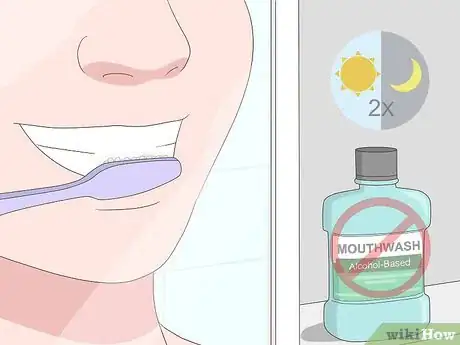
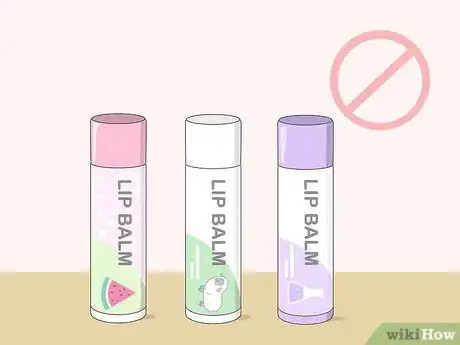
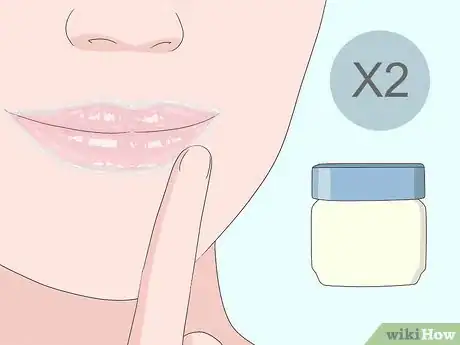
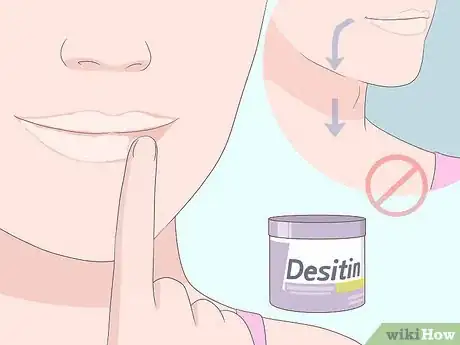
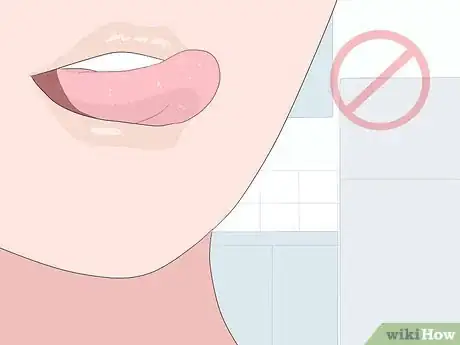

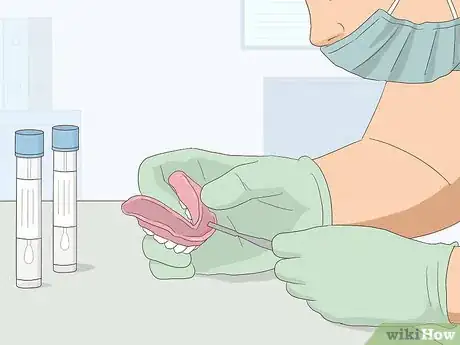

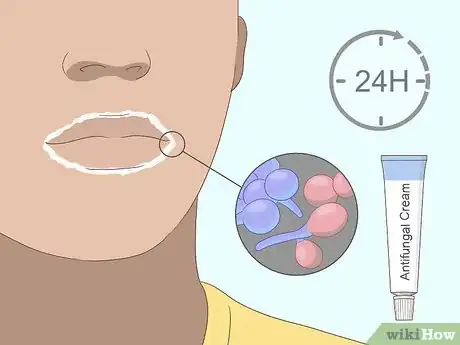
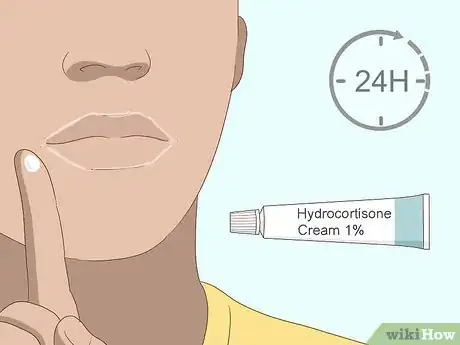
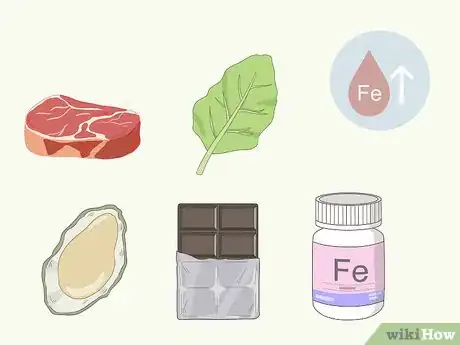

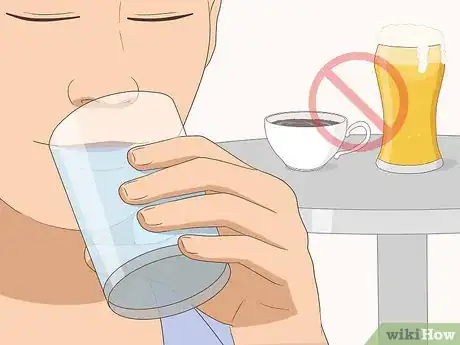


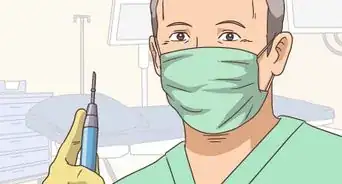


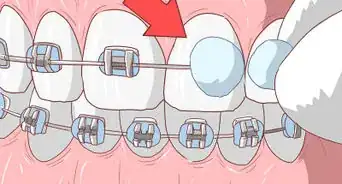
-Step-22.webp)

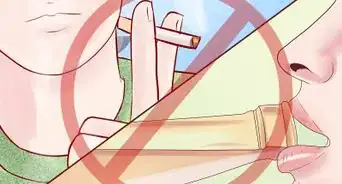





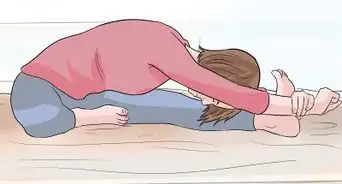















































Medical Disclaimer
The content of this article is not intended to be a substitute for professional medical advice, examination, diagnosis, or treatment. You should always contact your doctor or other qualified healthcare professional before starting, changing, or stopping any kind of health treatment.
Read More...